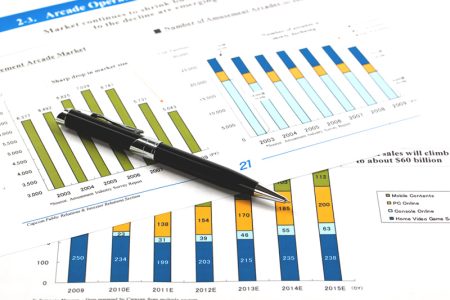WASHINGTON – Renowned economist Mohamed El-Erian has raised concerns about the Federal Reserve’s communication practices, noting that the central bank’s shift towards greater transparency and detailed communications has inadvertently increased market instability and volatility. This observation comes as the Fed has intensified its public engagement, with 11 officials delivering a total of 20 speeches in a single week, culminating in heightened market reactions particularly during Federal Open Market Committee (FOMC) press conferences chaired by Jerome Powell.
The Federal Reserve, under the leadership of Ben Bernanke and continuing with Jerome Powell, has moved away from the traditionally vague ‘Fedspeak’ made famous by Alan Greenspan. The aim of increasing transparency included implementing post-FOMC press conferences starting in 2011, publishing individual FOMC member forecasts, and expanding media interactions. However, this shift has faced criticism for causing confusion and uncertainty among investors, as evidenced by market turbulence following speech reversals by Chair Powell.
Recent research underscores the significant market volatility experienced during Powell’s press conferences, suggesting that the Fed’s communication approach may need to be re-evaluated. Experts are advocating for a review of the Fed’s communication strategies to reduce unnecessary noise and focus on strategic messaging consistency.
To bolster monetary policy accountability while preserving the political autonomy crucial for its effectiveness, suggestions have been made to refine Congressional hearings to semi-annual questioning of the Fed chair. Emphasizing prudence in public discussions about sensitive economic data could also help mitigate market fluctuations. The advice echoes Aaron Burr’s historical counsel of “talk less,” urging the central bank to consider a more restrained approach to dialogue with the public and markets.
This article was generated with the support of AI and reviewed by an editor. For more information see our T&C.
Read the full article here














